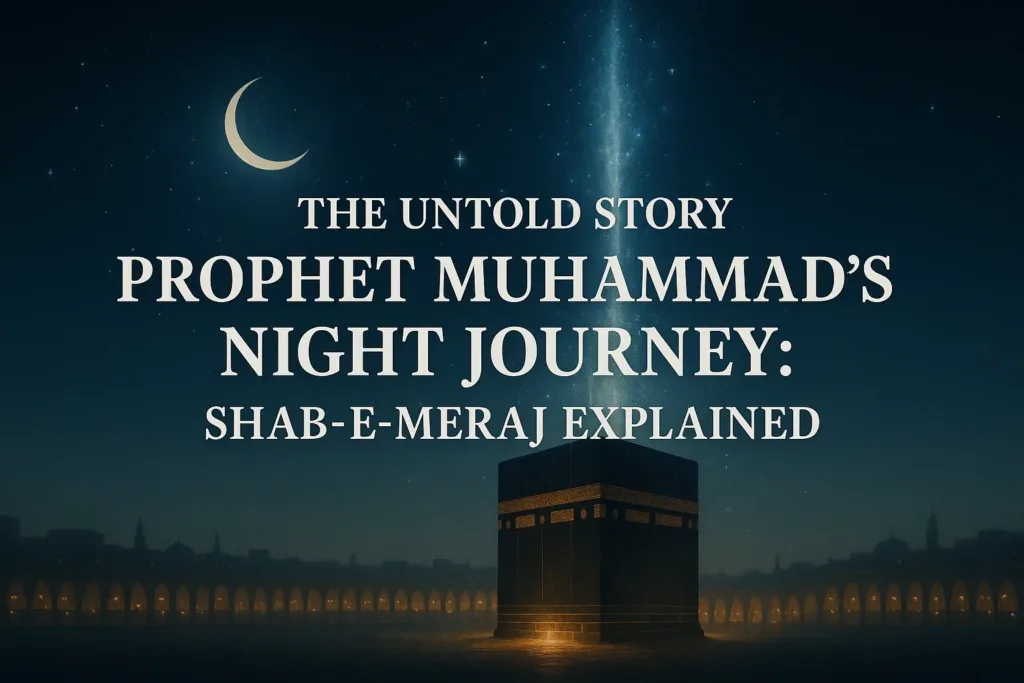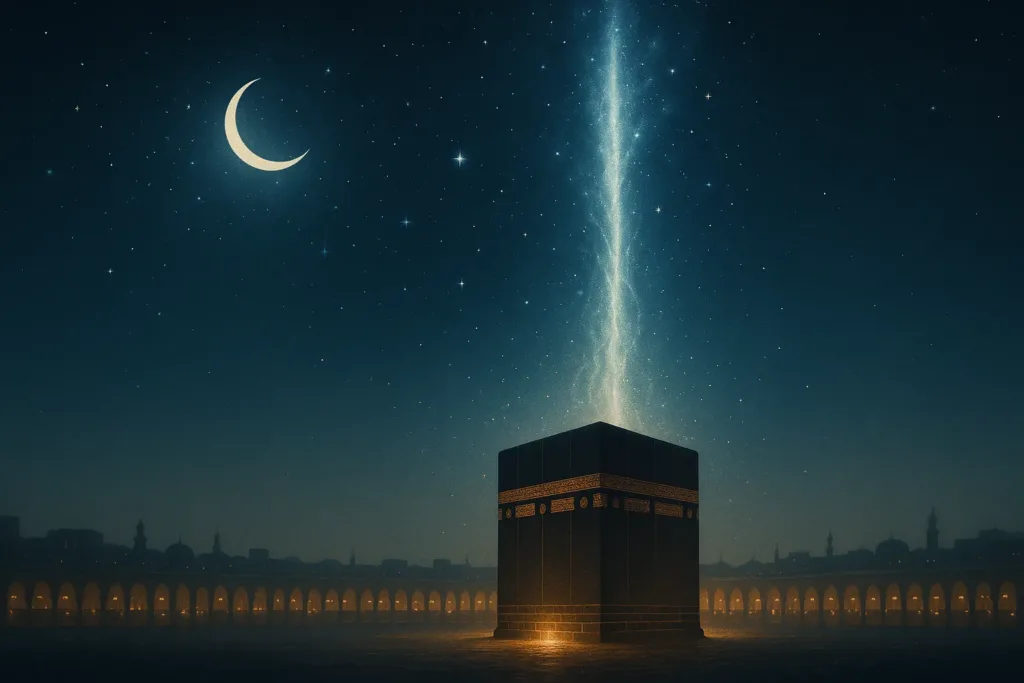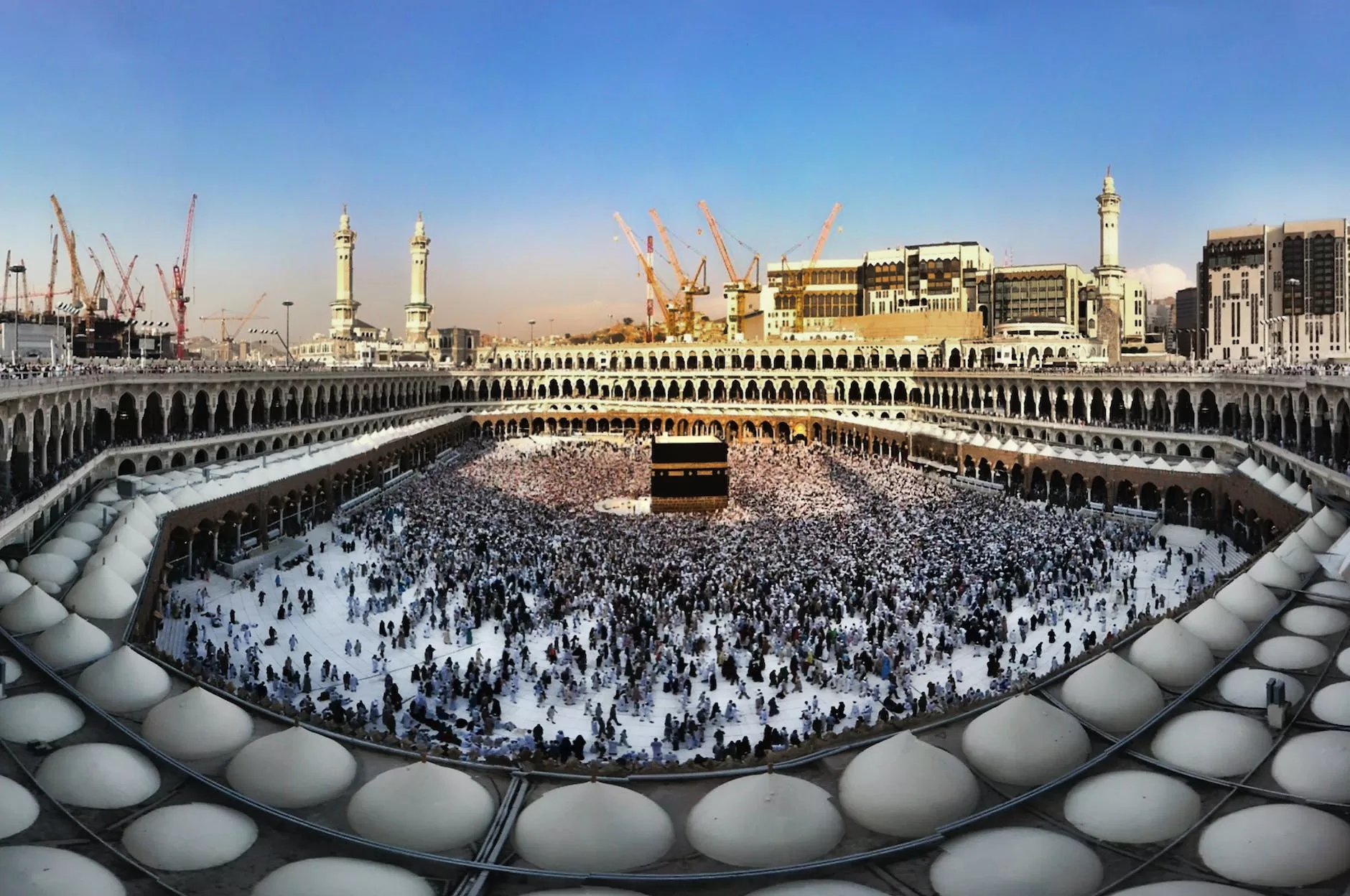Untold Story of Shab-e-Meraj

The event of al-Isra wa al-Mi‘raj or is among the greatest miracles granted to the Messenger of Allah ﷺ. It is recorded in the Qur’an, transmitted through mutawatir Hadith, and discussed in detail by the classical scholars of Islam. To approach this subject is not merely to recount a story but to reflect upon divine wisdom, spiritual elevation, and the ultimate honor bestowed upon the Seal of the Prophets ﷺ.
The Circumstances Leading to the Journey
Imam Ibn Kathir (d. 774 AH) records in his al-Bidayah wa al-Nihayah that the event occurred approximately one year before the Hijrah. It was the Year of Sorrow (‘Aam al-Huzn), in which the Prophet ﷺ lost both his wife Khadijah (RA) and his uncle Abu Talib. These two were his greatest supports—Khadijah in the home, and Abu Talib in society. Their departure left him vulnerable to the hostility of Quraysh.
When he went to Ta’if seeking support, instead of finding refuge, he was mocked and stoned. Imam al-Suhayli (d. 581 AH) remarks in al-Rawd al-Unuf that it was after these bitter trials that Allah elevated His beloved, showing that after hardship comes relief and after rejection comes divine acceptance.
The Journey of Isra: From Makkah to Jerusalem
The Qur’an itself opens Surah al-Isra with the declaration:
“Glory be to Him who took His servant by night from al-Masjid al-Haram to al-Masjid al-Aqsa, whose surroundings We have blessed, to show him of Our signs. Indeed, He is the Hearing, the Seeing.” (Qur’an 17:1)
Imam al-Qurtubi (d. 671 AH), in his Tafsir, notes that the verse begins with Subhan—a declaration of Allah’s absolute transcendence—because the event was so extraordinary that none but Allah could accomplish it.
According to Sahih al-Bukhari and Sahih Muslim, the Prophet ﷺ was brought the mount Buraq, and in the company of Jibreel (AS), traveled to Jerusalem. At al-Masjid al-Aqsa, he led all the Prophets in prayer. Imam Nawawi (d. 676 AH), in his commentary on Sahih Muslim, explains that this leadership signifies the Prophet’s superiority and finality, affirming his position as the Imam of all Prophets.
The Journey of Mi‘raj: Ascension Beyond the Heavens
From Jerusalem, the Prophet ﷺ was raised to the heavens. Ibn Kathir, citing multiple authentic chains, details his meeting with Prophets at each heaven: Adam (AS) in the first, Isa and Yahya (AS) in the second, Yusuf (AS) in the third, Idris (AS) in the fourth, Harun (AS) in the fifth, Musa (AS) in the sixth, and Ibrahim (AS) in the seventh.

When he reached the Sidrat al-Muntaha (the Lote Tree of the Utmost Boundary), Jibreel (AS) halted. He said, “If I advance, I will be consumed, but you may advance.” Imam al-Suyuti (d. 911 AH) in al-Durr al-Manthur cites narrations that describe the Sidrah as covered in indescribable colors and lights, beyond human perception.
Beyond this point, the Prophet ﷺ experienced direct audience with Allah Almighty—a station no other creation had attained.
The Gift of Salah
Among the matters revealed in this divine meeting was the command of prayer. Initially, fifty prayers were prescribed. As recorded in Sahih Muslim, the Prophet ﷺ, upon returning, was advised by Musa (AS) to request reduction, given the weakness of mankind. The Prophet ﷺ repeatedly returned until the command was reduced to five, while retaining the reward of fifty.
Imam al-Ghazali (d. 505 AH), in Ihya ‘Ulum al-Din, explains that Salah was made the daily Mi‘raj of the believer, for it places the servant in the presence of his Lord. Thus, the Night Journey is eternally reenacted in the life of every Muslim who stands in prayer.
The Unveiling of Paradise and Hell
In Sahih al-Bukhari, it is reported that the Prophet ﷺ was shown Paradise and Hell. He witnessed rivers of honey and milk, gardens beyond imagination, and the punishment of those who rejected Allah. Imam Ibn al-Qayyim (d. 751 AH) in al-Hadi writes that these visions were not meant as spectacles, but as realities to instruct the Ummah in seriousness of faith, accountability, and moral responsibility.
The Qur’anic Confirmation of Mi‘raj
In addition to Surah al-Isra, Surah al-Najm alludes to the Prophet’s vision:
“And indeed he saw him another time, near Sidrat al-Muntaha, near it is the Garden of Refuge, when there covered the Lote Tree that which covered it. The sight of the Prophet did not swerve, nor did it transgress. Indeed he saw of the greatest signs of his Lord.” (Qur’an 53:13–18)
Imam Fakhr al-Din al-Razi (d. 606 AH), in his Tafsir al-Kabir, comments that these verses establish the reality of Mi‘raj as both physical and spiritual, for the Prophet ﷺ beheld signs beyond human capacity, yet his vision remained steady and true.
Theological and Spiritual Dimensions
Classical scholars extracted profound meanings from this event:
- Finality of Prophethood: Imam Nawawi emphasizes that the Prophet’s leadership of all earlier Prophets in prayer is the ultimate sign of his finality.
- Sanctity of Jerusalem: Al-Qurtubi underlines that the journey binds Makkah, Madinah, and Jerusalem as sacred centers of Islam.
- Centrality of Salah: Ibn Kathir states that Salah is the only act of worship prescribed in the heavens, showing its unmatched importance.
- Reality of the Unseen: Al-Suyuti highlights that Mi‘raj was not a dream, but a bodily journey in wakefulness, affirming the realities of Paradise and Hell.
Lessons for the Believers
From this miraculous journey, the scholars derived lessons that remain timeless:
- Patience is rewarded with divine elevation. Just as the Prophet ﷺ was honored after the Year of Sorrow, the believer is taught never to despair.
- Salah is the believer’s Mi‘raj. As Imam Ghazali taught, prayer is not a ritual but a spiritual ascent.
- Unity of divine messages. By leading the Prophets, Muhammad ﷺ demonstrated Islam’s role as the completion of earlier revelations.
- The certainty of accountability. Paradise and Hell are realities; every deed has consequence.
Contemporary Relevance
In an age dominated by materialism and skepticism, the Night Journey stands as a reminder that the spiritual dimension is as real—if not more real—than the material. Shab-e-Meraj calls the believer to rise above worldly distractions, to revive the soul through prayer, and to hold firmly to hope even in the face of hardship.
Imam Ibn Kathir closes his discussion of the event by noting that the Prophet ﷺ returned from this journey not as one removed from the world, but as one more engaged, more determined, and more spiritually luminous. Thus, Mi‘raj is not an escape but an empowerment.
Conclusion
The Night Journey of the Prophet ﷺ is not only an event of miraculous wonder but also a chapter of profound instruction. It affirms the Prophet’s exalted rank, establishes Salah as the lifeline of faith, confirms the realities of the unseen, and offers consolation to every believer enduring trial.
As Imam al-Qurtubi wrote, “The Mi‘raj was a manifestation of honor for the Messenger, but through him it became an honor for the Ummah. For every time they stand in Salah, they taste something of that nearness he attained.”
Thus, the Untold Story of Shab-e-Meraj is not merely history—it is a living reality. It calls each Muslim to ascend daily in faith, to cling to prayer, and to walk with patience until, by Allah’s mercy, we too are welcomed into the eternal gardens the Prophet ﷺ beheld on that sacred night.


